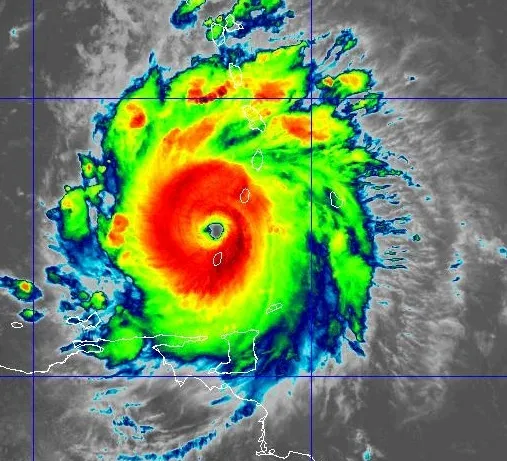The Atlantic hurricane season has long been a time of anxiety for coastal regions, yet 2024 has seen an unusual silence in the tropics. Experts and weather enthusiasts alike are puzzled by the scarcity of hurricanes, raising the question: where are all the Atlantic hurricanes?

A Puzzling Season
As the season progresses, with August nearing its end, the Atlantic remains eerily calm. This is a stark contrast to the usual activity we expect during this period. Many are left wondering if the tropics are “broken,” as even the most seasoned meteorologists struggle to provide explanations for the lack of storms.
The National Oceanic and Atmospheric Administration (NOAA) had predicted a near-normal or slightly above-average hurricane season. However, the current situation defies these expectations, leading to confusion and speculation. So, what factors are contributing to this unexpected calm?
Climate Change and Its Complex Role
Climate change has often been cited as a significant factor in altering weather patterns globally. However, its impact on hurricane formation is complex and not entirely predictable. While warmer ocean temperatures are generally believed to fuel more intense storms, the relationship isn’t always straightforward.
This year, various atmospheric conditions, such as high wind shear and dry air in the upper atmosphere, have suppressed storm development. These factors, combined with the Saharan Air Layer—a mass of dry, dusty air that blows off the Sahara Desert—have created an environment that is less conducive to hurricane formation.
The Influence of El Niño
Another critical factor to consider is the El Niño phenomenon. El Niño refers to the periodic warming of sea surface temperatures in the central and eastern Pacific Ocean, which can have far-reaching effects on global weather patterns. In the context of the Atlantic hurricane season, El Niño tends to increase wind shear, which can inhibit the development of tropical storms and hurricanes.
This year’s El Niño event has been particularly strong, leading to increased wind shear across the Atlantic basin. This has likely contributed to the suppression of hurricane activity, leaving many areas that typically brace for storms experiencing an unusual period of calm.
Looking Ahead: What to Expect
Despite the current lull, experts caution against complacency. The peak of the Atlantic hurricane season typically occurs in September, and there’s still time for activity to ramp up. Weather patterns can change rapidly, and it only takes one storm to cause significant damage.
Residents in hurricane-prone areas are advised to remain vigilant and prepared. While the season may seem quiet now, the unpredictability of weather means that conditions can shift with little warning.
The Global Perspective: Hurricanes vs. Typhoons
While the Atlantic remains quiet, other parts of the world are experiencing their own challenges. The Pacific Ocean, for instance, has seen more typhoon activity this year, underscoring the global variability in storm patterns.
Typhoons, which are the Pacific equivalent of hurricanes, have been more active, particularly in the western Pacific. This difference in activity between the Atlantic and Pacific basins highlights the complex interplay of global weather systems.
The Unpredictable Nature of Weather
The absence of hurricanes in the Atlantic so far this year is a reminder of the inherent unpredictability of weather. While experts continue to monitor and analyze conditions, it’s clear that nature doesn’t always follow the patterns we expect.
As we move into the peak of the season, all eyes will be on the tropics, waiting to see if the current calm will continue or if the storms will finally arrive.
For more insights and updates on weather patterns and hurricane activity, stay tuned to Digital Digest.






